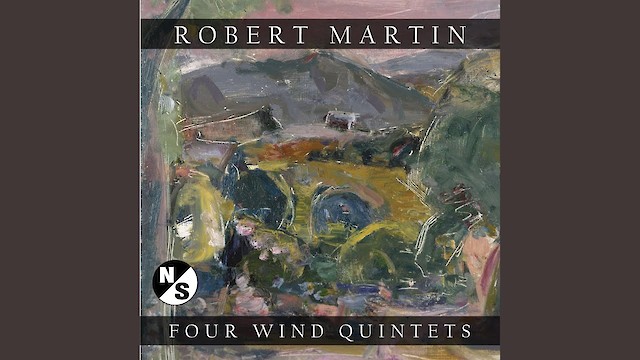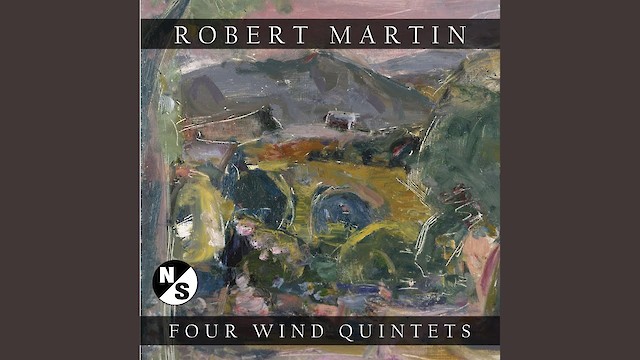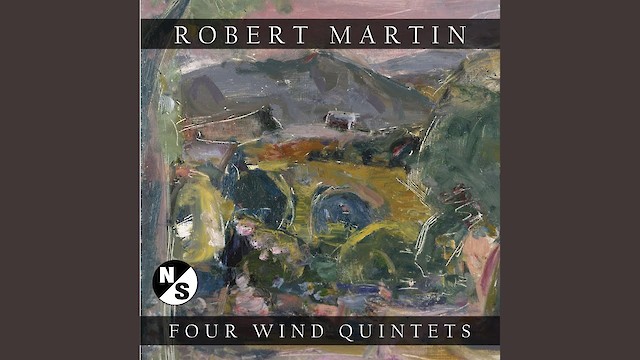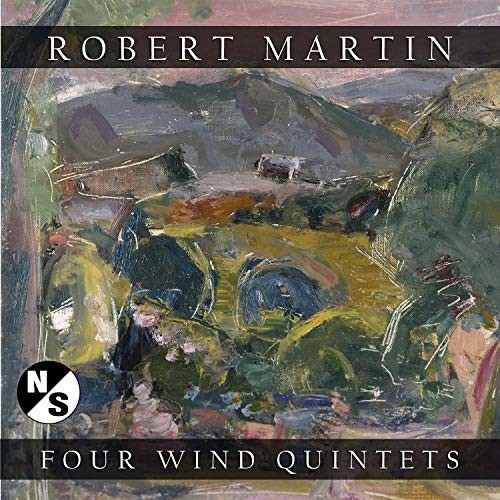Wind Quintet No. 4
From The Desert
- Year
- 1980
- Duration
- 10:45
- Category
- Chamber Music
- Instrumentation
- fl/ob/cl/hn/bn
- Location
- Manhattan, New York
- Work Group
- Wind Quintets
- Group Index
- 4
- Group Siblings
- Wind Quintet No. 1 (1971) Left Behind
- Wind Quintet No. 2 (1975) Variations
- Wind Quintet No. 3 (1980) Waldstein
- Wind Quintet No. 5 (1999) Anza Borrego
- Wind Quintet No. 6 (2001) Postcards From Kyoto
- Wind Quintet No. 7 (2005) 2 Chords And A Melody
- Wind Quintet No. 8 (2006) Weeping Breezes
- Wind Quintet No. 9 (2008) Arcadia
- Wind Quintet No. 10 (2011) Three Sonatas
- Purchase
- Theodore Presser
Description
subtitled "From the Desert" the movements are titled, Variations, Scherzo, and Lament
Wind Quintets
Collected Wind Quintets is a collection of ten wind quintets. Each quintet is intended to stand alone. The dates of composition range from 1971 to 2011.
Even from my early days as a Peabody Conservatory student, I felt there was an untapped potential in the wind quintet. Historically formed for orchestral players to enjoy performing chamber music together, over time, the ensemble developed an unfortunate character, often sounding somewhat like a “circus of birds.” Of course, there are notable exceptions. However, I sensed that perhaps this particular ensemble could be given more consistent depth, nudging it toward the direction of the string quartet, a combination whose seriousness is never questioned.
This ensemble is not an easy one for a composer to understand. Each instrument can express more than one voice, more than one character in a story. This can be accomplished through different techniques, but this character transformation is made more vivid by a change in musical register. A composer’s sensitivity to register is paramount.
Alternatively, the registers may be viewed as different colors in the artist’s palette. They may seem hard to blend at first. Both the high flute and the high clarinet are blindingly bright, while the full-throated horn can easily overwhelm the others, and the low bassoon must be handled with care so as not to sound crass. At the same time, the low flute, low clarinet and high bassoon have a delicacy unmatched. The oboe imbues wonder no matter the melody it embraces. No other instrument can commandeer a musical moment the way the French horn will when the composer unleashes its full glory. With these variables in hand, a composer creates a painting or tells a story, and escorts the audience in the appreciation of the nuances and subtleties of these treasured sources of color.
Then, with much skill and some good fortune, the wind quintet can say something wonderful in a special way—a singular expression of the strange combinations made possible by this ensemble.
These scores are not transposed.
Reviews
Huntley Dent, Fanfare Magazine
Composers put pen on paper, but they also have to put bread on the table. Robert Martin took the unusual course of spending his professional life on Wall Street, well outside the music establishment. He made this choice in 1980, after a prestigious musical education at the Peabody Conservatory, followed by equally prestigious scholarships, including a Fulbright. In their different but parallel ways T.S. Eliot, Charles Ives, and Wallace Stevens made the same decision, and in every case freedom from economic pressures carried with it a freedom from academics and the conventional art scene.
What does a talented composer do in such circumstances? Martin, born in 1952, probably comes closest to Stevens, in that he has developed a private, cryptic, condensed, and at times aphoristic style, as displayed in these four woodwind quintets—Martin prefers “wind quintet,” even though the instrumentation is the conventional flute, oboe, clarinet, bassoon, and French horn. All are challenging works in their compression and rigor. Martin’s intelligent, detailed program notes give the listener a toehold on each piece, but the listening experience itself is rather like dropping in on a laboratory for quintet experimentation.
As Martin says of Quintet No. 7, subtitled “2 Chords and a Melody,” “Do not expect generosity and extravagance, rather parsimoniousness and efficiency.” This piece lies the closest to Webern of the four works on the program, comprising multifold reworking of the two chords and flute melody that open the first movement. All the quintets are brief, lasting between 10 and 16 minutes to span two or three movements. What leavens their rigor is first, Martin’s adroit use of the five instruments, from which he extracts plenty of color as he mixes and matches their timbres, and second, his free shift in and out of tonality. As Schoenberg originally intended, the liberation of the dissonance isn’t the same as an obsession with dissonance. “Wrong” notes add to the composer’s vocabulary and extend the formal possibilities beyond late-Romantic chromaticism.
Occasionally there are hints of a program, as in Quintet No. 4 “From the Desert,” which was inspired by Martin’s response to the desert landscape surrounding the Dead Sea. The lamentation of the French horn in the finale reflects the composer’s solitary reflections on civilizations that have risen from the desert and returned to dust. The two-movement Quintet No. 5 “Anza Borrego” returns to the desert, this time in Southern California. Having made sojourns in many deserts, Martin reveals a transcendental streak that ties him to Ives, because in a desert’s desolation he seeks “to reflect on what lies beyond nothingness.” Quintet No 10 “Three Sonatas” poses the challenge of reviving aspects of sonata form without regressing to or imitating sonatas of the past.
I’ll venture to say that these works are aimed at listeners who can appreciate the years Martin has devoted to pondering the primal materials of music at a level of finely articulated finesse. Meticulous precision stands foremost in each composition, and at times one gets the impression of intellectual needlepoint. On those terms this album deserves a recommendation, while also adding that the performances by the North/South Winds under conductor Max Lifchitz are quite accomplished.
Four stars: Meticulous, precise explorations of the modern woodwind quintet
– Huntley Dent
Past Performances of Wind Quintet No. 4
| Date/Time | Location | Artist/Players |
|---|---|---|
| 1980-05-10, 8:00 PM | Katholische Hochschulgemeinde, Vienna, Austria, Vienna, Austria | Strudlhofgasse Quintet |



